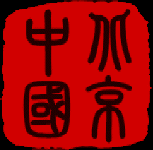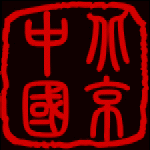 |
Chinese Culture Arts and Crafts |
 |
 |
Chinese Culture Arts and Crafts |
 |
Chinese Arts and CraftsSealsSeals have taken the function of a signature and were used to identify ownership or authorship since ancient times. Metal, stone, wood, ivory, and jade can all be carved for a seal. Seals have a place in business even today. CloisonneThis is style often used to decorate pots. Authentic cloisonne is made handmade using thin strips of brass or copper that are painstakingly glued into place on the pot to make a design. The different areas are then filled with layers of different coloured enamel. The pot is then fired and finally polished on a spinning wheel. The price of the pot depends on the intricacy of the design. Cloisonne can be used on other artefacts also, such as jewelry. This technique was developed in the 14th century (Ming dynasty). Paper CutsThis folk art craft dates from around the 6th century. Thin rice paper (usually red) is cut into designs for decoration of doors, windows, lamps and other objects - or even just to frame. Intricate designs and pictures are skillfully and carefully made by scissor or, more likely, sharp craft knife. Paper cuts are often placed on front doors during the Spring Festival to bring good fortune to the family over the coming year. KitesKites originted in China over 2,000 years ago. Making and flying kites is still a popular pastime in China. Traditionally the frame is made from thin strips of bamboo that is then covered with thin but strong paper and sometimes silk. Decoration can sometimes be elaborate. Common themes include swallow, butterfly, insects, clouds and many others. The history is long. Originally, kites may have been developed for signalling and other practical purposes. By the Tang Dynasty (618 - 907), kite flying had become a pastime that involved relaxation and the appreciation of nature. Much later, kites played a key role in the development of the airplane. |
Share this page
|
China Travel and Culture Videos Home